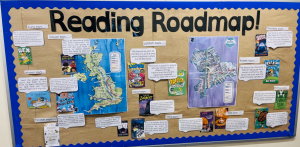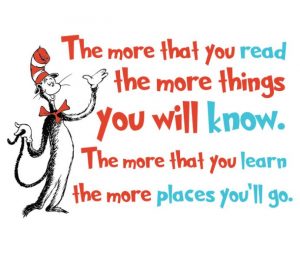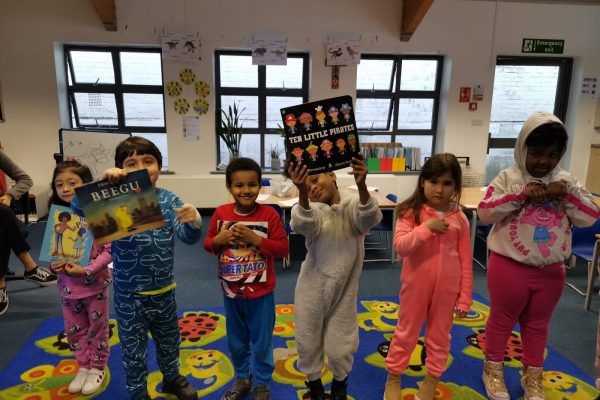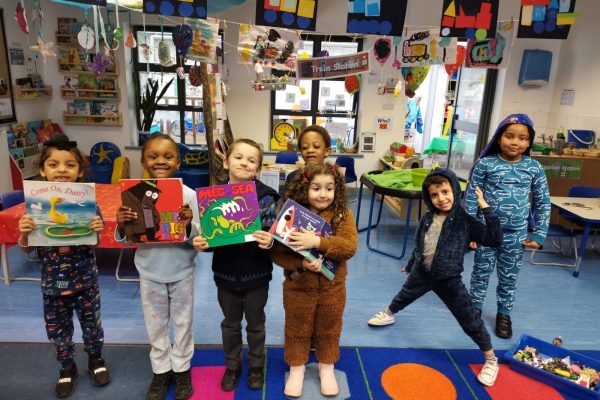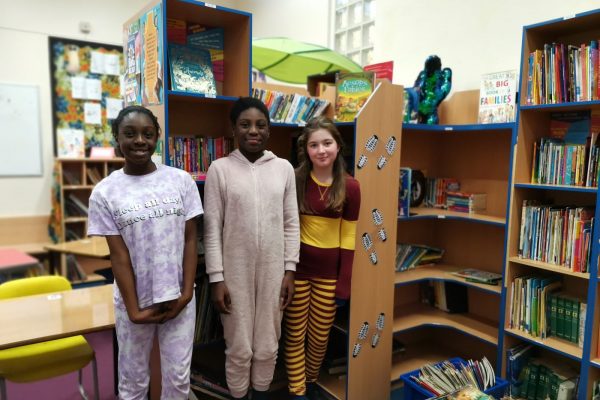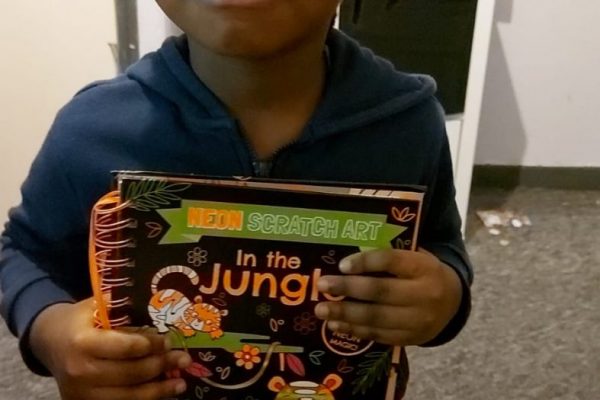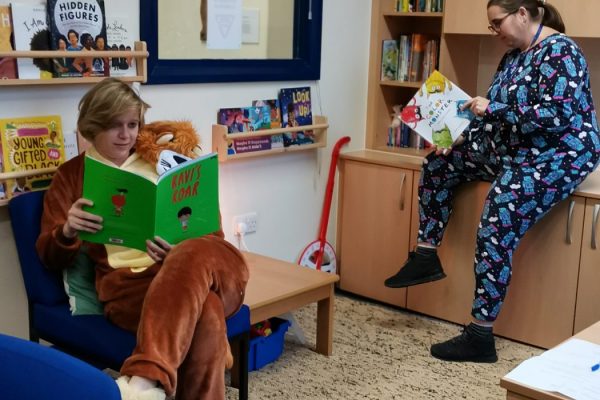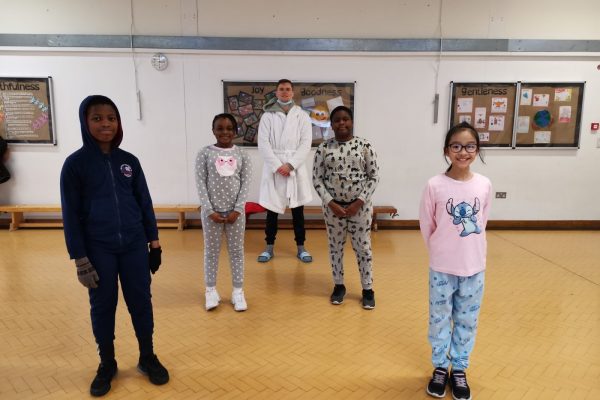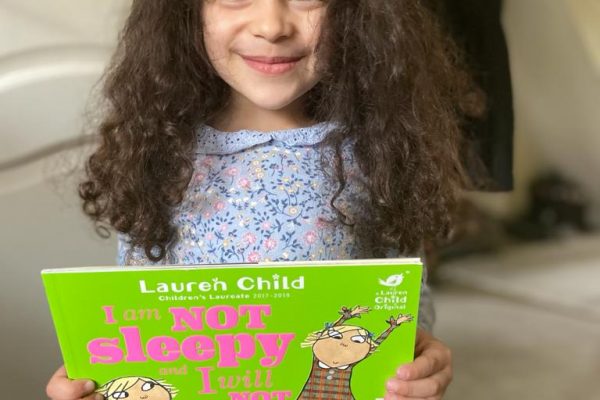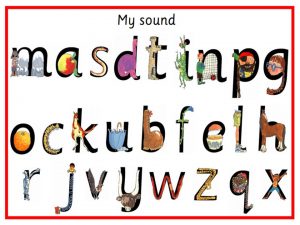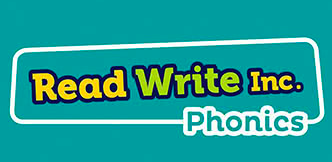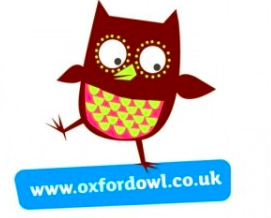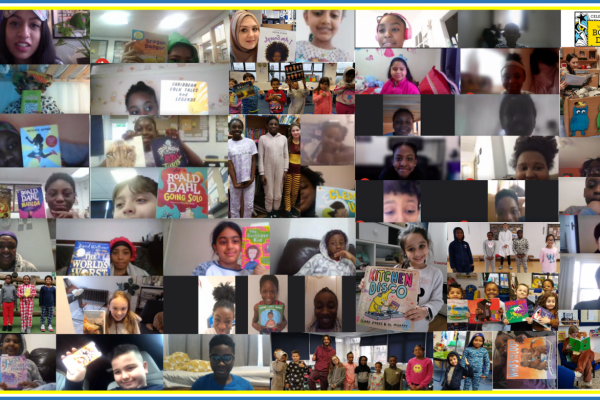Early Reading at St Matthias

At St Matthias, we strive to ensure that children have the best opportunities in an inclusive and purposeful learning environment. We place a great value on the teaching of early reading and have been highly successful at teaching children to read through our daily phonics programme, RWInc.
Phonemes – the sounds a letter/group of letters make
Graphemes – the letter/letters used to make a sound
In the Early years, children begin by building an awareness of different sound. This can include the children understanding sounds in their environment and how their body makes sounds. Songs and rhymes are also an important way for children to build an awareness of sounds in Nursery. Children are only expected to know a couple of sounds by the end of Nursery, but will quickly be introduced to new sounds in Reception.
When they are confident identifying a group of letters, children will then start to learn to blend sounds together to form words. Some children will then be able to decode sentences and begin to read simple books. They will also be looking at high frequency words, which will help them in their reading journey.
By Year 1, children will develop their confidence in reading and will be introduced to increasingly complex sounds, preparing them for more interesting and varied story books. As well as blending sounds to make words, children will be learning to break down (segment) words to be able to spell them and use their sounds in their writing.
Each June, all children in Year 1 do their phonics screening test. This is a short assessment to find out how accurately the children are reading decodable words. Children will be asked to ‘sounds out’ a word and then blend the sounds together. For example:
d–o–g dog f-air fair l-igh-t light
The children will be asked to read real words and made up ‘alien’ words.
Download Phonics Screen Check Sound Book
In Year 2, children will be using all of their previously taught sounds and using alternative spellings when learning spelling rules. It is expected that children will have completed our phonics programme by the end of Year 2.
How you can help your child at home
Encourage your child to ‘sound out’ when reading and writing. Practice the sounds using either the sound cards (which are available at Reception) or the sound mat overleaf. Encourage children to find the more tricky sounds when reading.
Diagraph: 2 letters making one sound cow start saw
Trigraph:3 letters making one sound night fair pure
Split Diagraphs: 2 vowels making one sound with a letter in between make cube bone

